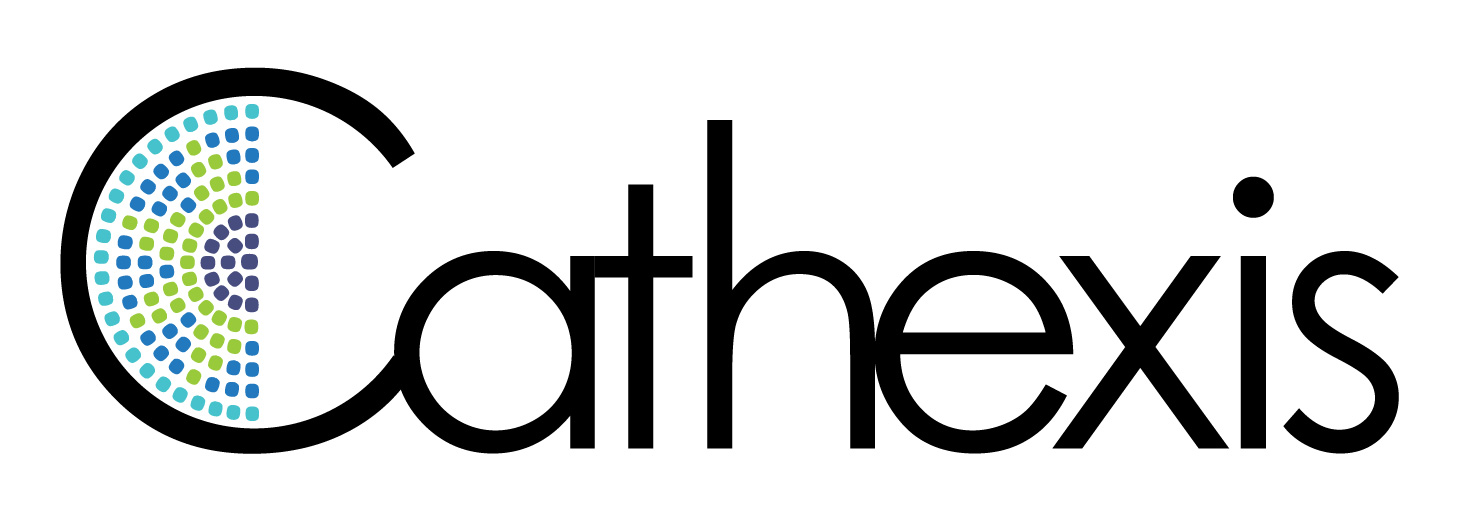Recently, Cathexis has been working with some organizations that are taking a step back from individual evaluations and asking larger questions about the role of evaluation in their organization. They are asking, “How should our organization approach evaluation? How can we align evaluation to our organization’s values, goals, and priorities? Which of our programs should we evaluate, when, how, and for what purpose?”
These are important questions. We have found that when they go unanswered, an organization’s evaluation function can get out of step with its wider strategy. Evaluations can miss the opportunity to answer questions that matter to the entire organization. It can become hard to tell the story (to funders, to the public) about what the organization as a whole is accomplishing. Staff working in different, siloed areas are forced to reinvent the wheel each time they do an evaluation, and they are never quite sure if their evaluation activities are meeting the needs and standards of the organization.
The solution is an evaluation strategy. An evaluation strategy defines an organization’s overall approach to evaluation activities. It can include guidance on issues like:
- What kind of programs must be evaluated (vs. programs that do not need to be formally evaluated)
- When programs should be evaluated (to inform decision-making)
- What kind of evaluation questions to include (so that information needs of different stakeholders are served)
- How evaluations should be governed (Steering Committees, etc.)
- Which evaluations can be done by internal staff (vs. those which require the objectivity of an outside consultant)
- How evaluation findings will be used (e.g. management responses, evaluation champions, lessons learned meetings)
- How much should be spent on evaluations
- Who needs to be informed of evaluation results (e.g. executives, partners, funders, the public)
- Quality standards for evaluations
- Evaluation capacity requirements for staff
Getting an evaluation strategy to work requires conscious effort. It requires strong support from senior management, widespread consultation and buy-in among staff, and a balancing act between consistency and flexibility. And it needs a living, breathing human being (or team) to champion it and bring it to life! But it is well worth it in the end.
